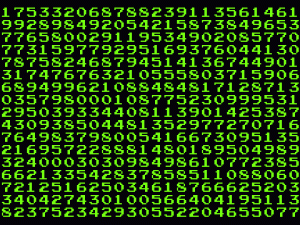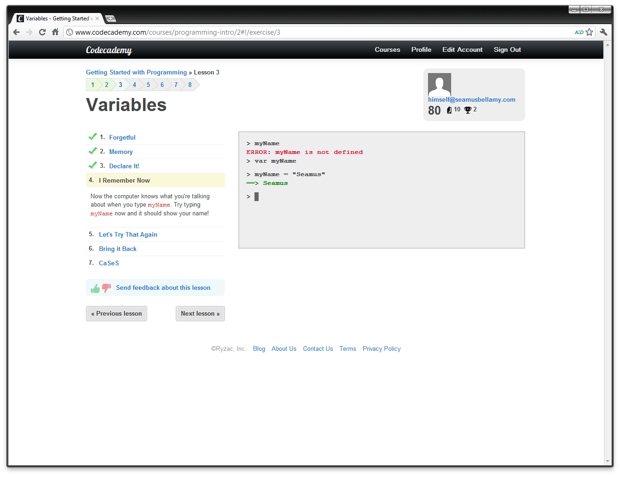I’ve been hearing for years that designers need to learn to code. At first I thought I’d just end up doing two jobs instead of one. But the better I get at coding, the more I understand how connected they are. As a designer in the digital spectrum, you realize that your very work–your material, which exists in the world–is code. How can you design something if you don’t know how it works? So, designers, step into the ring.
THE FIRST PUNCH
I want you to download Processing. It’s a language built on Java and it focuses on images and animation. It’s good for designers because it gives you solid visual feedback about what your code is doing. After you download Processing, I want you to watch the video below. It’s a Processing sketch (a sketch is what the programs are called in Processing), and this is your first gentle punch. The video is about ten minutes long and shows a few simple examples of how to use numbers in different ways in order to make simple shapes on the canvas. Try to follow along with me and type everything out as I do, because I think it’ll help you learn.
MORE: Designers: Learn To Code! Here’s How To Start | Co.Design: business + innovation + design.




